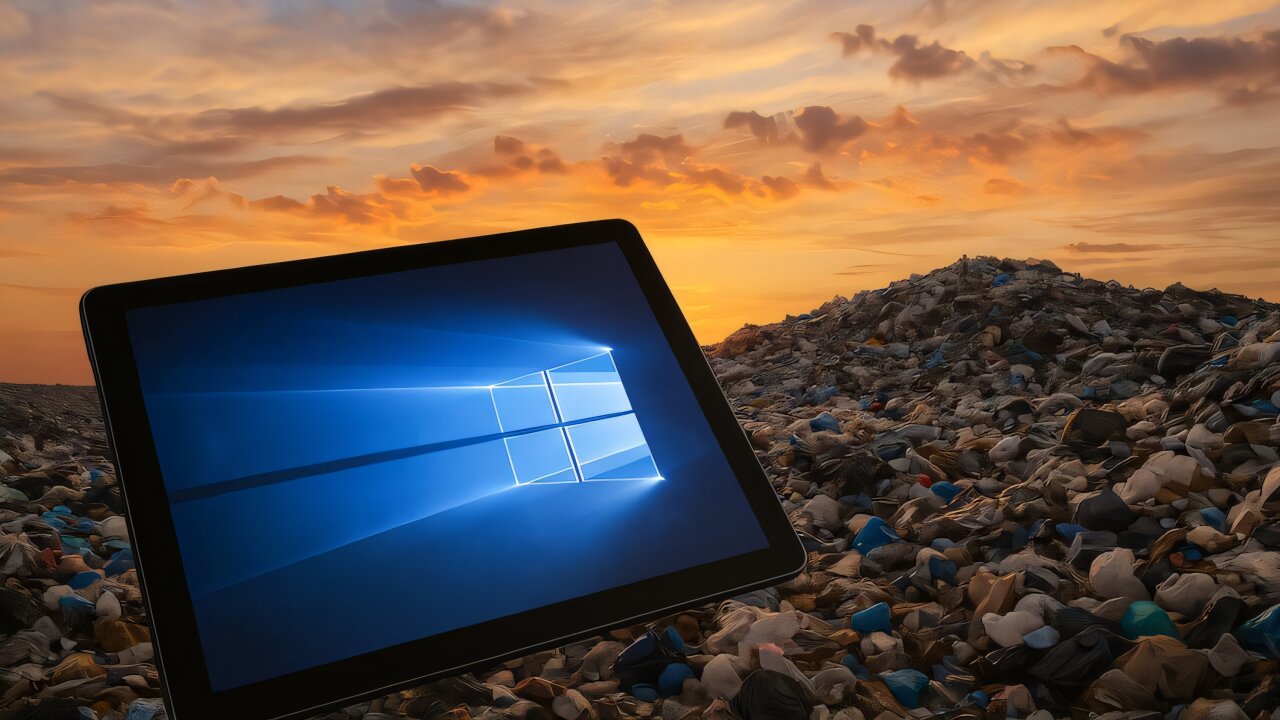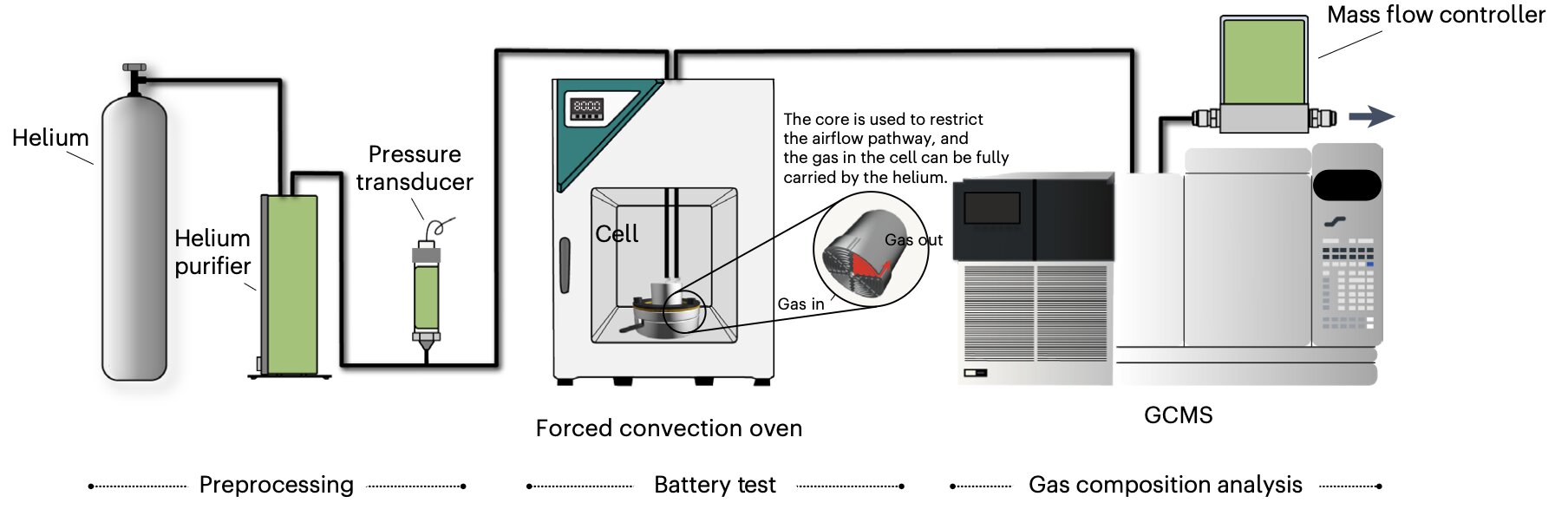Tech
Get Our Favorite Smart Lock for Just $164 Right Now

Is your current smart lock frustrating you endlessly, like mine is? The Yale Approach Smart Lock (8/10, WIRED Review) is currently marked down to just $164 on Amazon, a healthy 32% discount on our editors’ top pick for smart locks. This sale comes at a perfect time, because I was just complaining about the fingerprint reader on mine no longer working.
The Yale Approach uses part of your existing deadbolt, which is great news for renters who don’t want to make major changes. You’ll also get to use your existing keys to unlock the deadbolt, which can save you a trip to the locksmith. There’s also a wi-fi bridge that needs a nearby plug to provide other services, but that’s not uncommon for smart locks. Our reviewer, Nena Farrell, even said it “works perfectly,” which is great news, because I have to unplug mine and plug it back in at least once a week.
Approach isn’t just a name, as this smart deadbolt’s standout feature is auto-unlock. By setting up your location in the Yale Access App, you can set the bolt to unlock as your get close to home, which our reviewer said “worked smoothly”, as long as she got far enough away from home for it to recognize her return. There’s an auto-lock, too, using timers from 10 seconds to 30 minutes.
This version of the Yale Approach includes the touchscreen keypad, which needs its own flat space to either stick or screw to. In exchange, it lets you set codes for yourself or friends, with options for time and access limits if you need to manage entry to your home more carefully. It also gives you an easy button to press to lock the deadbolt as you leave the house, and a biometric fingerprint scanner.
No matter what smart lock you buy, there’s going to be a little bit of hassle, that just comes with the territory, unfortunately. The Yale smooths out a lot of the worst parts by adapting to your existing hardware, and mostly stays out of the way afterwards. The auto-unlock feature isn’t totally unique to the Approach, but it is currently our favorite implementation. The price is normally a bit on the high side, so the discount here makes this a very appealing pickup for anyone ready to relegate their old front door lock to the garage door, like I’m about to.
Tech
Microsoft removing support for Windows 10 could increase e-waste, cybersecurity threats

When Microsoft announced it was ending support for Windows 10 last week, about 40% of all Windows users faced limited options.
While some of those users can upgrade to Windows 11, hundreds of millions of devices don’t meet the technical requirements.
Those users might be wondering what else they can do besides throwing away their current device and buying a new one or risking running outdated software on it.
The tech conglomerate faced backlash from environmental and cybersecurity experts after informing Windows users that it would cease providing updates for Windows 10.
These experts have warned that rendering hundreds of millions of devices practically useless will worsen the ever-growing problem with electronic waste (e-waste) and leave users who can’t upgrade vulnerable to cybersecurity threats.
Researchers from Georgia Tech’s School of Interactive Computing (SIC) and School of Cybersecurity and Privacy (SCP) echo those concerns.
Forcing users to replace their devices means that up to 240 million old devices, according to one analysis, will inevitably end up in landfills.
“The problem of e-waste raises the question of why and how these technologies become obsolete,” said Cindy Lin, a Stephen Fleming Early Career Assistant Professor in SIC.
Lin studies data structures and environmental governance in Southeast Asia and the U.S.
“Scholarship in human-computer interaction (HCI) on repair reveals that many of these technologies suffer from planned obsolescence,” she said. “This means that companies have designed products with a short lifespan, increasing consumption and waste simultaneously.”
When e-waste is dumped in landfills, the organic materials within devices decompose, producing methane, a potent greenhouse gas. And with every discarded device comes the need to produce new ones. The raw materials of these devices are mined, refined, and processed, consuming enormous amounts of energy through the burning of fossil fuels.
The problem with hackers
Though Microsoft said it will continue to provide Windows 10 security updates for one year, users are still being pressured to upgrade. By this time next year, if users still haven’t upgraded to Windows 11, they can expect to become easy targets for cyber criminals.
For example, users could receive phishing emails claiming to be from Microsoft about security updates from hackers pretending to be Microsoft.
“The cybersecurity implications are very serious because new vulnerabilities of Windows 10 will go unpatched for a large part of the user base of this system,” said Mustaque Ahamad, Regents’ Entrepreneur Professor and interim chair of SCP.
“These users will become targets of hackers and cyber criminals who will be able to exploit these vulnerabilities. This will make these machines more prone to attacks such as ransomware and data exfiltration.”
What can users do?
Buying a new device typically costs about $300 at the low end, while some gaming computers can exceed $2,500.
Josiah Hester, an associate professor in the School of IC who researches computing and sustainability, said users who want to avoid discarding their devices can install Linux Mint, a free universal operating system.
“I would hope that instead of discarding, people might see this as an opportunity to go into a more open ecosystem like Linux Mint, which was designed for Windows users,” Hester said.
“So much perfectly good hardware is obsolesced by force, when users are more than willing to give it a second life, either through ending support on the software side, subscription services that require certain versions of an OS, or even building the hardware or low-level functions that reduce the autonomy of device owners.”
Linux Mint is open source and offers its own suite of software products, including a word processor. It also has a built-in security system. It requires 2GB of RAM, 20GB of disk space, and 1024×768 resolution to operate.
On a systemic level, Lin and Hester said people can support organizations that advocate for right to repair and legislation that protects consumers from planned obsolescence.
“HCI studies of informal economies of improvisation and repair have demonstrated that technologies have a longer lifecycle if we have access to expertise on how to repair them without facing penalties such as copyright violations,” Lin said.
“The ongoing right-to-repair movement in the U.S. shows promise in making technology repairable and, in turn, more sustainable.”
Citation:
Microsoft removing support for Windows 10 could increase e-waste, cybersecurity threats (2025, October 24)
retrieved 24 October 2025
from https://techxplore.com/news/2025-10-microsoft-windows-cybersecurity-threats.html
This document is subject to copyright. Apart from any fair dealing for the purpose of private study or research, no
part may be reproduced without the written permission. The content is provided for information purposes only.
Tech
How Data Centers Actually Work

Lauren Goode: Well, they’re all interested in growing more. Who among us, Mike? But the hyperscalers refers to this class of major tech companies or cloud service providers. So Meta, Amazon, Microsoft, Google, they’re all in that category.
Molly Taft: Yeah, and I think it’s important to remember that these companies have so much money and they have an ability to raise capital like nobody’s business. So they’re able to do some really crazy stuff to build quick and to build-out really, really big. And they’re getting pretty creative, because their goals right now are to build these things quickly and get them up and running so they can basically use this physical infrastructure to compete with each other.
Lauren Goode: I think that’s right, Molly. I think there’s a lot of frenemy building happening right now, and I would just love to be a part of their group chats when all of these announcements are being made.
Michael Calore: Yeah, and speaking of frenemies, the other sphere of influence that these companies are operating in is the political sphere. Obviously, in order to build a giant data center somewhere, you need to have the political will to do it, which means you need buy-in from the local residents, the local government, the state, the country. So what’s happening in the political sphere with folks who want to build more data centers and people who oppose it, regulation? How is that playing out?
Molly Taft: That’s a great question, and I think if you look at the national conversation, it’s quite different than what’s happening on the local level. You have Washington, you obviously have an administration that is very friendly to the idea of an American AI empire. Importantly for the energy conversation, the way that the Trump administration has approached this support has been through support of fossil fuels. They would really like for all data centers to be powered with oil and gas, a little bit of nuclear and coal. And this works out great for those industries as well. If you’re going to have this massive expansion of power demand, it’s really cool to be in the middle of that and be the one that everyone wants to turn to for energy resourcing. And then on the other side, there has been this influx of local opposition to these data centers for a variety of reasons, be it the water use, be it fears about rising electricity rates, be it noise, and some of the really big struggles have catapulted this issue to national conversation. I’m thinking about xAI in Memphis. When Elon Musk wanted to get xAI up and running, he installed a bunch of unpermitted gas turbines in order to get xAI working that he installed in a majority Black community in Memphis that already had severe issues with air pollution and asthma. And those folks made themselves known. Earlier this year, there was an attempt in DC to impose a moratorium on any state regulation around AI at all. It was an incredibly broad inclusion in the Big Beautiful Bill that ultimately didn’t succeed. But one of the people who opposed it publicly was Marjorie Taylor Greene, who actually mentioned data centers in her opposition, and she compared AI to Skynet, the fictional AI from the Terminator movie franchise. So, this is getting some strange bedfellows in league with each other, I think this kind of contrast between what the administration is trying to push forward and some very powerful energy companies that stand to gain from it, versus some truly grassroots local movements and people concerned about the impacts of what these things are going to do in their communities.
Tech
Isotropic MOF coating reduces side reactions to boost stability of solid-state Na batteries

In recent years, energy engineers have been trying to design new reliable batteries that can store more energy and allow electronics to operate for longer periods of time before they need to be charged. Some of the most promising among these newly developed batteries are solid-state batteries, which contain solid electrolytes instead of liquid ones.
Compared to batteries with liquid electrolytes that are widely used today, solid-state batteries could exhibit higher energy densities (i.e., could store more energy) and longer lifetimes. However, many of these batteries have been found to be unstable, due to unwanted chemical reactions that occur between their high-voltage cathodes (i.e., positive electrodes) and solid electrolytes, which can speed up the degradation of the batteries’ performance over time.
These undesirable side reactions are particularly common in sodium-ion (Na+) solid-state batteries, which use Na+ ions to store and release electrical energy. This is because while Na is more abundant and cheaper than lithium, Na-ion batteries are inherently more chemically reactive than Li-ion batteries.
Researchers at the Chinese Academy of Sciences recently introduced a promising strategy to increase the durability and performance of solid-state Na-based solid-state batteries, by minimizing side reactions between their underlying cathodes and solid electrolytes. This strategy, outlined in a paper published in Nature Energy, entails the growth of a dense metal-organic framework (MOF) layer on the surface of high-voltage cathodes, which could prevent them from reacting with solid electrolytes.
“Side reactions between high-voltage cathodes and electrolytes remain a critical obstacle to the advancement of solid-state batteries—particularly for Na-ion systems—due to the higher Na+/Na redox potential,” wrote Yuan Liu, Huican Mao and their colleagues in their paper.
“Despite recent extensive efforts, achieving a long cycle life is still challenging at the 4.2 V cut-off (versus Na+/Na). We design a room-temperature isotropic epitaxial growth to achieve a relatively uniform and dense metal–organic framework epilayer on Na3V2O2(PO4)2F surfaces.”
To assess the potential of their approach, the researchers grew a uniform MOF coating on Na₃V₂O₂(PO₄)₂F cathodes via a process known as room-temperature isotropic epitaxial growth. They then created a solid-state battery, pairing this coated electrode with a solid electrolyte based on the polymer polyethylene oxide.
“Despite using polyethylene oxide, a typical ether-based solid polymer electrolyte, the cathode with isotropic epilayer exhibits enhanced cycling performance at the 4.2 V cut-off (retaining up to 77.9% of its initial capacity after 1,500 cycles),” wrote the authors.
“Combining experimental measurements and theoretical analyses, the key factor governing isotropic epitaxial growth behavior is explicitly elucidated. Furthermore, we develop a self-designed high-sensitivity characterization method, in situ linear sweep voltammetry coupled with gas chromatography–mass spectrometry, to elucidate the failure mechanism of polyethylene oxide on Na3V2O2(PO4)2F surfaces and to reveal the excellent electrochemical stability of the isotropic epilayer.”
In initial tests, solid-state batteries based on the team’s coated cathode material were found to perform remarkably well, exhibiting significantly fewer side reactions between the cathode and electrolyte. Notably, the strategy they employed could also be applied to other cathodes and batteries with different compositions.
Other researchers could soon draw inspiration from this study and employ similar strategies to stabilize other Na-based solid-state batteries. In the future, the isotropic epitaxial method developed by Liu, Mao and their colleagues could ultimately contribute to the large-scale deployment of durable and reliable solid-state batteries with high-energy densities.
Written for you by our author Ingrid Fadelli, edited by Gaby Clark, and fact-checked and reviewed by Robert Egan—this article is the result of careful human work. We rely on readers like you to keep independent science journalism alive.
If this reporting matters to you,
please consider a donation (especially monthly).
You’ll get an ad-free account as a thank-you.
More information:
Yuan Liu et al, Designing an isotropic epilayer for stable 4.2 V solid-state Na batteries, Nature Energy (2025). DOI: 10.1038/s41560-025-01857-y.
© 2025 Science X Network
Citation:
Isotropic MOF coating reduces side reactions to boost stability of solid-state Na batteries (2025, October 24)
retrieved 24 October 2025
from https://techxplore.com/news/2025-10-isotropic-mof-coating-side-reactions.html
This document is subject to copyright. Apart from any fair dealing for the purpose of private study or research, no
part may be reproduced without the written permission. The content is provided for information purposes only.
-

 Tech1 week ago
Tech1 week agoWhy the F5 Hack Created an ‘Imminent Threat’ for Thousands of Networks
-

 Tech5 days ago
Tech5 days agoHow to Protect Yourself Against Getting Locked Out of Your Cloud Accounts
-

 Business1 week ago
Business1 week agoBaroness Mone-linked PPE firm misses deadline to pay £122m
-

 Sports6 days ago
Sports6 days agoPCB confirms Tri-nation T20 series to go ahead despite Afghanistan’s withdrawal – SUCH TV
-

 Tech6 days ago
Tech6 days agoI Tested Over 40 Heat Protectant Sprays to Find the Best of the Best
-

 Sports1 week ago
Sports1 week agoU.S. Soccer recommends extending NCAA season
-

 Tech6 days ago
Tech6 days agoSome major Australian towns still have poor phone reception—it’s threatening public safety
-

 Tech5 days ago
Tech5 days agoThe DeltaForce 65 Brings Das Keyboard Into the Modern Keyboard Era—for Better or Worse



















